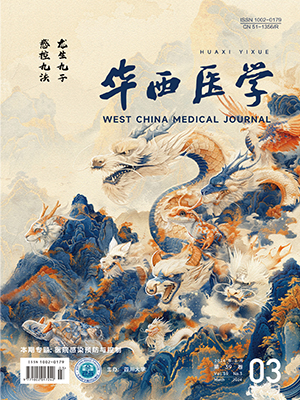| 1. |
Neves MS, da Silva MG, Ventura GM, et al. Effectiveness of current disinfection procedures against biofilm on contaminated GI endoscopes. Gastrointest Endosc, 2016, 83(5): 944-953.
|
| 2. |
刘运喜, 邢玉斌, 巩玉秀. 软式内镜清洗消毒技术规范 WS 507-2016. 中国感染控制杂志, 2017, 16(6): 587-592.
|
| 3. |
Dirlam Langlay AM, Ofstead CL, Mueller NJ, et al. Reported gastrointestinal endoscope reprocessing lapses: the tip of the iceberg. Am J Infect Control, 2013, 41(12): 1188-1194.
|
| 4. |
Funk SE, Reaven NL. High-level endoscope disinfection processes in emerging economies: financial impact of manual process versus automated endoscope reprocessing. J Hosp Infect, 2014, 86(4): 250-254.
|
| 5. |
刘卫平, 何欢, 杨永芳, 等. 内蒙古自治区 24 家医院软式内镜生物膜现状研究. 中国消毒学杂志, 2020, 37(7): 502-504.
|
| 6. |
任哲, 魏秋华. 医疗机构中生物膜污染现状与应对措施. 中国消毒学杂志, 2019, 36(9): 702-704.
|
| 7. |
钱麟, 史庆丰, 许华, 等. 一种新型次氯酸消毒剂对纤维支气管镜的消毒效果. 中国感染控制杂志, 2020, 19(7): 662-665.
|
| 8. |
李秀梅, 潘丽云, 邓金川, 等. 内镜专用过氧乙酸消毒剂对生物膜去除效果研究. 中国消毒学杂志, 2019, 36(2): 89-91.
|
| 9. |
李红云, 吴丹, 李应龙. 次氯酸钠对口腔综合治疗台水路系统生物膜的杀灭效果及对金属腐蚀性研究. 中国消毒学杂志, 2019, 36(8): 574-577.
|
| 10. |
马苏, 傅增军, 丁文霞, 等. 消化内镜腔细菌生物膜有效清除方法. 中国消毒学杂志, 2017, 34(9): 807-810.
|
| 11. |
Li W, Tan Q, Zhou W, et al. Impact of substrate material and chlorine/chloramine on the composition and function of a young biofilm microbial community as revealed by high-throughput 16S rRNA sequencing. Chemosphere, 2020, 242: 125310.
|
| 12. |
马向盛, 苏成君, 何晓芳, 等. 自来水管网生境中细菌多样性的研究. 中国卫生检验杂志, 2016, 26(17): 2482-2486.
|
| 13. |
廖丹, 胡必杰, 史庆丰, 等. ICU 水龙头及其周围污染情况的调查. 中国感染控制杂志, 2019, 18(6): 566-570.
|
| 14. |
史庆丰, 胡必杰, 崔扬文, 等. 上海市 30 所三级医疗机构软式内镜终末漂洗水现状调查. 中华医院感染学杂志, 2020, 30(6): 923-926.
|
| 15. |
舒东娇, 张丽娜, 曹子晶, 等. 消毒后消化内镜中分离的铜绿假单胞菌对消毒剂的抗性分析. 中国消毒学杂志, 2015, 32(9): 948-950.
|
| 16. |
孟照全, 张朝贵, 王桂林. 机械通气的重症肺炎患者管道中冷凝水污染情况分析. 中国呼吸与危重监护杂志, 2020, 19(06): 582-585.
|
| 17. |
刘志鹏, 张蓉, 祝丙华, 等. 某老年病医院嗜麦芽窄食单胞菌临床分布及耐药性分析. 中国消毒学杂志, 2018, 35(2): 111-113.
|
| 18. |
石磊, 吴安华, 曹岚, 等. 重症监护病房嗜麦芽窄食单胞菌医院感染的危险因素. 中国感染控制杂志, 2019, 18(5): 403-409.
|
| 19. |
赵璐, 杨冬华, 绽丽, 等. 透析机与供水回路间软管生物膜形成对透析用水微生物指标的影响分析. 中华医院感染学杂志, 2017, 27(18): 4171-4174.
|
| 20. |
周冬梅, 周岩岩, 卢玉文. 清洗环节质量控制对内镜管腔生物膜的影响. 中国消毒学杂志, 2018, 35(2): 159-160.
|




